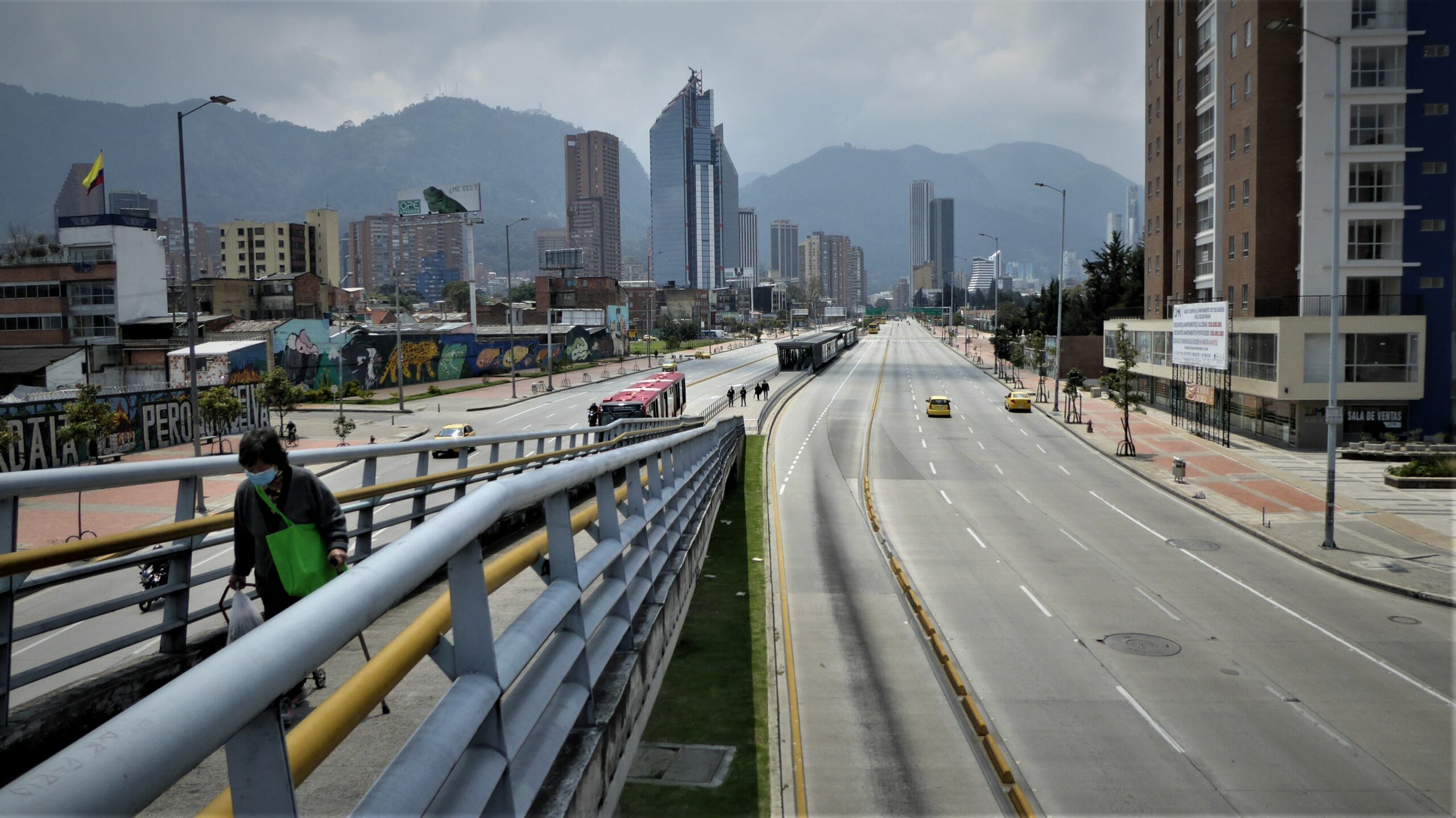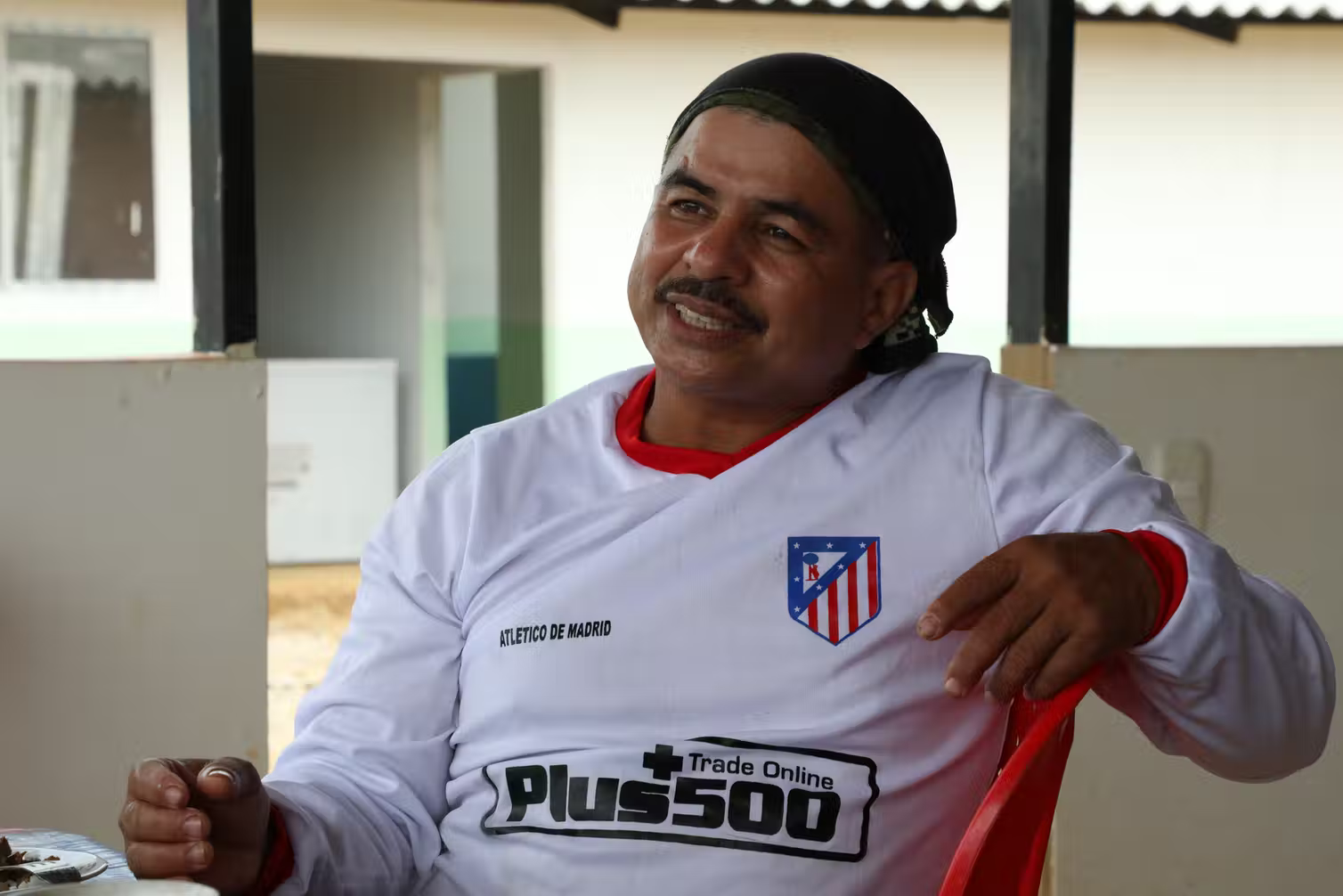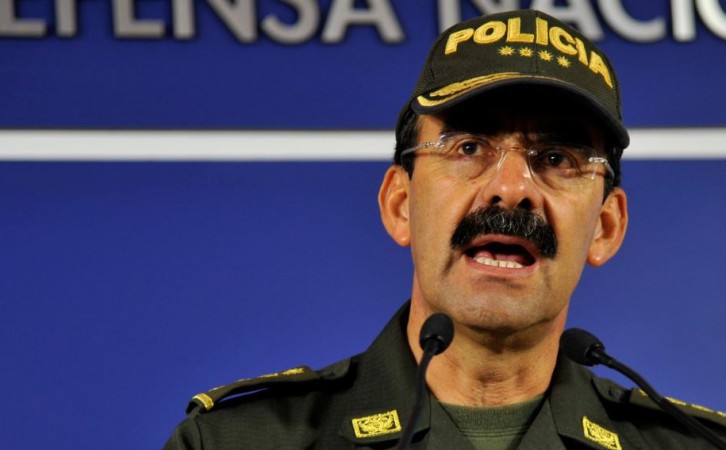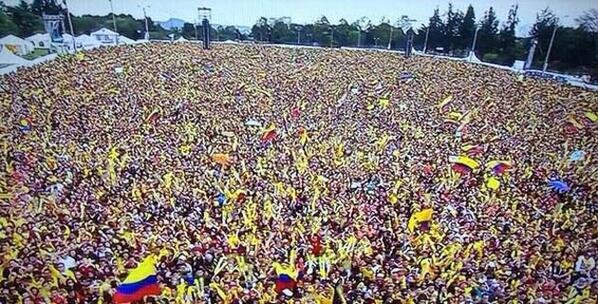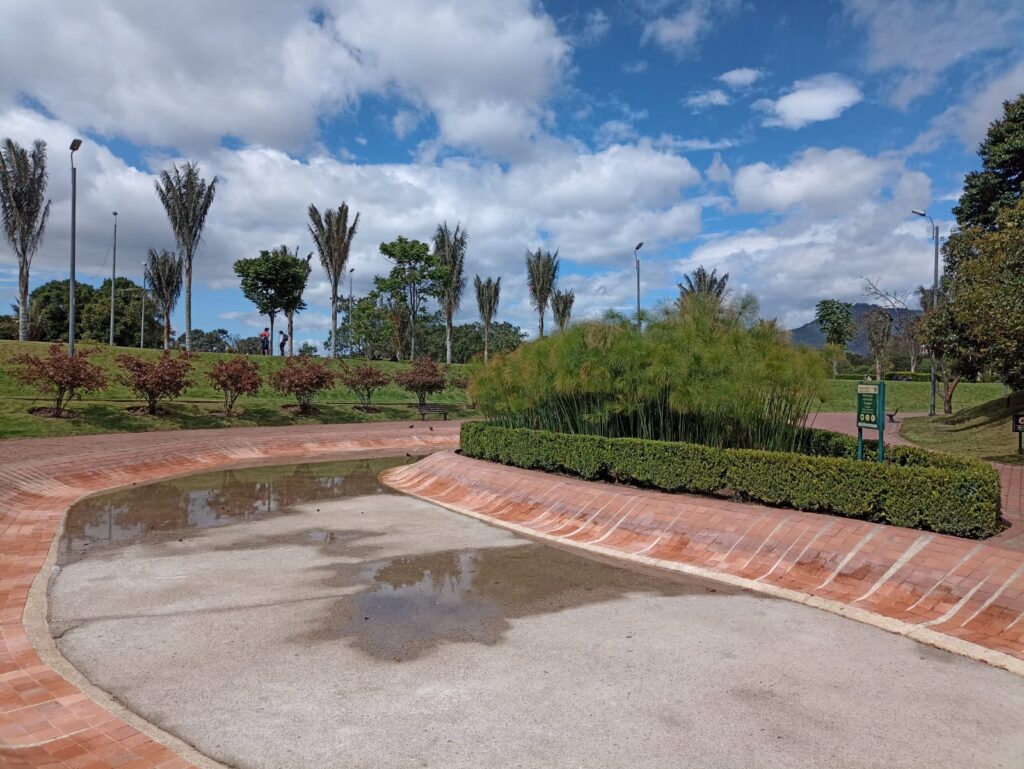
There will be water cuts in Bogotá, beginning on April 11. Rationing will be zone by zone and will last until at least mid-May depending on weather. Months of low rainfall have seriously depleted the water levels in the reservoirs that serve the city, forcing authorities to take drastic action to eke out what’s left.
Put simply, Bogotá is running out of water. The mayor is calling on everybody to preserve water in any way possible and has also announced rolling 24-hr water cuts throughout the city. The cuts will take place by zone and also impact areas such as Soacha and Chía.
Bogotá mayor Carlos Galán tweeted: “The critical levels of the reservoirs that supply Bogotá’s drinking water lead us to take measures aimed at saving water and reducing consumption from 17 cubic meters per second to 15.”
The impact of El Niño has been particularly harsh this year, causing forest fires in January and water shortages throughout the country. IDEAM expects the effects of El Niño to last until mid-May or June, meaning water-saving measures will continue for the foreseeable future.
Where are the water cuts in Bogotá?
Water will be cut on a rolling basis in nine zones of Bogotá. On the day when water is cut in your area, there will be no water for 24 hours (from 8am to 8am the following day). The cuts will work on a cycle, beginning April 11.
According to Acueducto, here’s how the cuts will impact each area. EAAB have more details here (pdf).
April 11: Zone 1
- Much of Antonio Nariño
- Much of Barrios Unidos
- Parts of Chapinero
- Much of Los Mártires
- Much of Puente Aranda
- Parts of Rafael Uribe Uribe
- Parts of Santa Fe
- Teusaquillo
- Parts of Tunjuelito
- Parts of Usaquén
Cuts continue on April 20 and April 29
April 12: Zone 2
- Engativá
- Parts of Fontibón
- Cota
Cuts continue on April 21 and April 30
April 13: Zone 3
- Parts of Barrios Unidos
- About half of Suba
- Much of Usaquén
Cuts continue on April 22 and May 1
April 14: Zone 4
- Much of Bosa
- About half of Ciudad Bolívar
- Parts of Kennedy
- Parts of Puente Aranda
- Much of Tunjuelito
Cuts continue on April 23 and May 2
April 15: Zone 5
- About half of Ciudad Bolívar
- Much of Rafael Uribe Uribe
- Much of San Cristóbal
- About half of Santa Fe
- One barrio in Tunjuelito
Cuts continue on April 24 and May 3
April 16: Zone 6
- About half of Suba
- Soacha
Cuts continue on April 25 and May 4
April 17: Zone 7
- Much of Fontibón
- Parts of Kennedy
- Also Funza, Madrid, and Mosquera
Cuts continue on April 26 and May 5
April 18: Zone 8
- Parts of Antonio Nariño
- Much of Bosa
- Much of Chapinero
- Much of Kennedy
- Part of Los Mártires
- Parts of Rafel Uribe Uribe
- Parts of San Cristóbal
- About half of Santa Fe
- About half of Usaquén
Cuts continue on April 27 and May 6
April 19: Zone 9
- About half of Usaquén
- Parts of Suba
- Also Chía, Cajicá, Cojardín, Sopó, Tocancipá and Gachancipá
Cuts continue on April 28 and May 7

What you can do to help
The alcaldía is calling on everybody to use less water, even on days when your taps are working. #JuntosPorElAgua may feel like too little, too late, given that reservoir levels have been falling for some time. Nonetheless, there are steps we can all take to reduce our consumption, especially as water cuts in Bogotá are relatively frequent.
These include:
- Take shorter showers. Collect water in a bucket while it is heating up so you can use it for other things such as cleaning floors or watering plants.
- Turn off the tap while cleaning your teeth. Similarly, switch off the water when shampooing your hair or shaving.
- Don’t clean your car or the outside of your home with a hosepipe. Hosepipes use a lot of water, so if there are activities you’d usually use your hose for, switch to a bucket instead.
- Check for leaks and fix any dripping taps or showers. A leaky toilet can waste 30 gallons or more a day, which is both water and money down the drain.
- Only use your washing machine for full loads. Make the most of every load by avoiding half-empty machines.
- Put a full plastic bottle into your toilet tank. Save money on every flush by displacing some of the water in the tank. Use a clean plastic bottle, weighted with a few stones, and place it in the back of your toilet. That way it will take less water to fill the tank.
How low are the reservoirs?
Bogota gets drinking water from eight reservoirs, spread across three systems, all of which are running low. About 70% of the city’s water comes from the Chingaza system, and the Northern and Southern systems provide 25% and 5% respectively. There are also smaller providers that operate and also have troubles.
While all the reservoirs have issues, levels in the Chingaza system are at 17%. That means the water system that provides the majority of the capital’s water is almost spent. Natasha Avendaño, the boss of Acueducto de Bogotá, told Caracol that the city will run out of water if it does not rain in the next 30 days.
In addition to the environmental challenges and water cuts, the low levels of water present another problem. Bogotá gets a significant chunk of its energy from hydroelectric power. This means we may also see energy cuts and blackouts in the capital if the situation continues.
Water cuts in Bogotá: the bottom line
Find out when the water will be cut in your area and prepare by putting aside water to drink and cook with. In addition, we all need to take steps to reduce our water consumption, else rolling water cuts may be the least of our problems. The water levels in Chingaza are seriously low and El Niño is not yet done.

